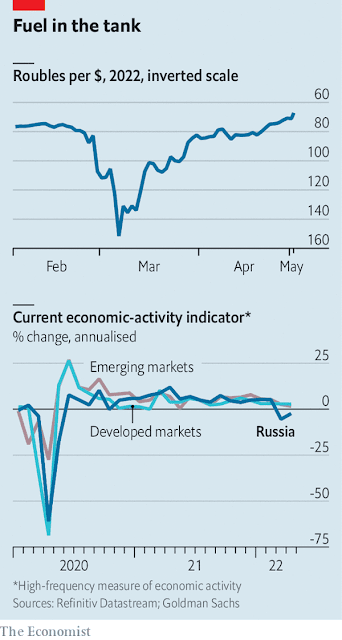Marketers Will Pay Naira for Dangote Fuel -IPMAN
Aliko Dangote Refined petroleum products from the $20bn Dangote Petroleum Refinery are to be sold in naira and not in the United States dollar as speculated in some quarters, oil marketers clarified on Monday. Dealers in the downstream oil sector also stated that the registration process for marketers at the refinery was still ongoing, as many operators had continued to register with the plant. It was further gathered that officials of the Nigerian Midstream and Downstream Petroleum Regulatory Authority were meeting with the management of the refinery to perfect the pricing template for products produced by the facility. On January 12, 2023, the Dangote Petroleum Refinery announced the commencement of production of Automotive Gas Oil, also known as diesel, and JetA1 or aviation fuel. The President, Dangote Group, Aliko Dangote, had in a statement issued by the firm, said, “We have started the production of diesel and aviation fuel, and the products will be in the market within this mon...






Comments
Post a Comment